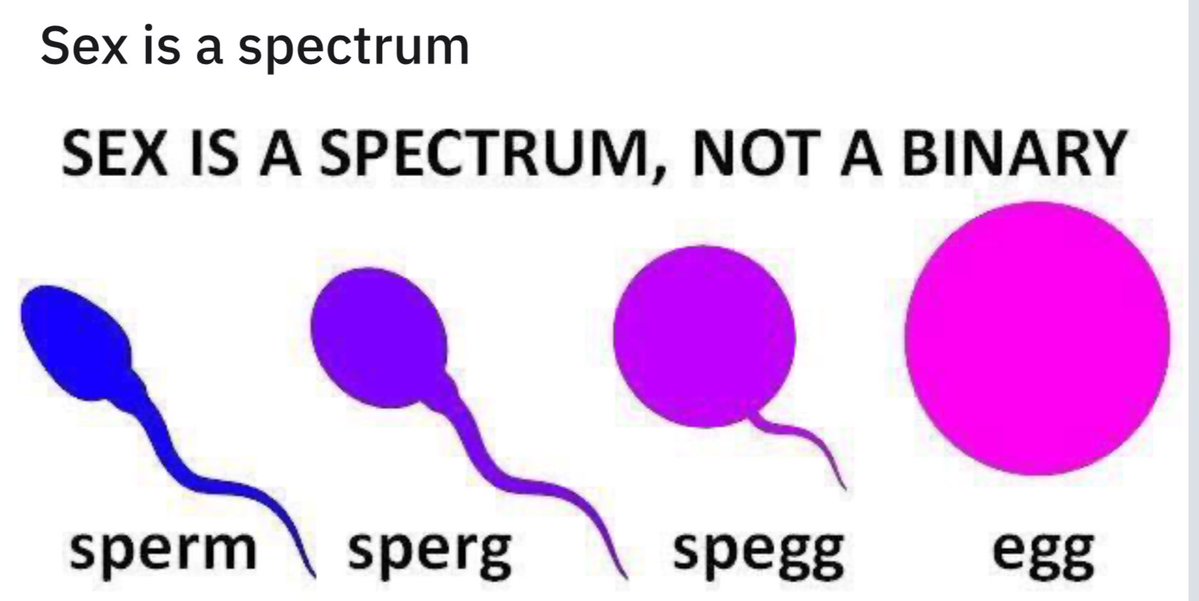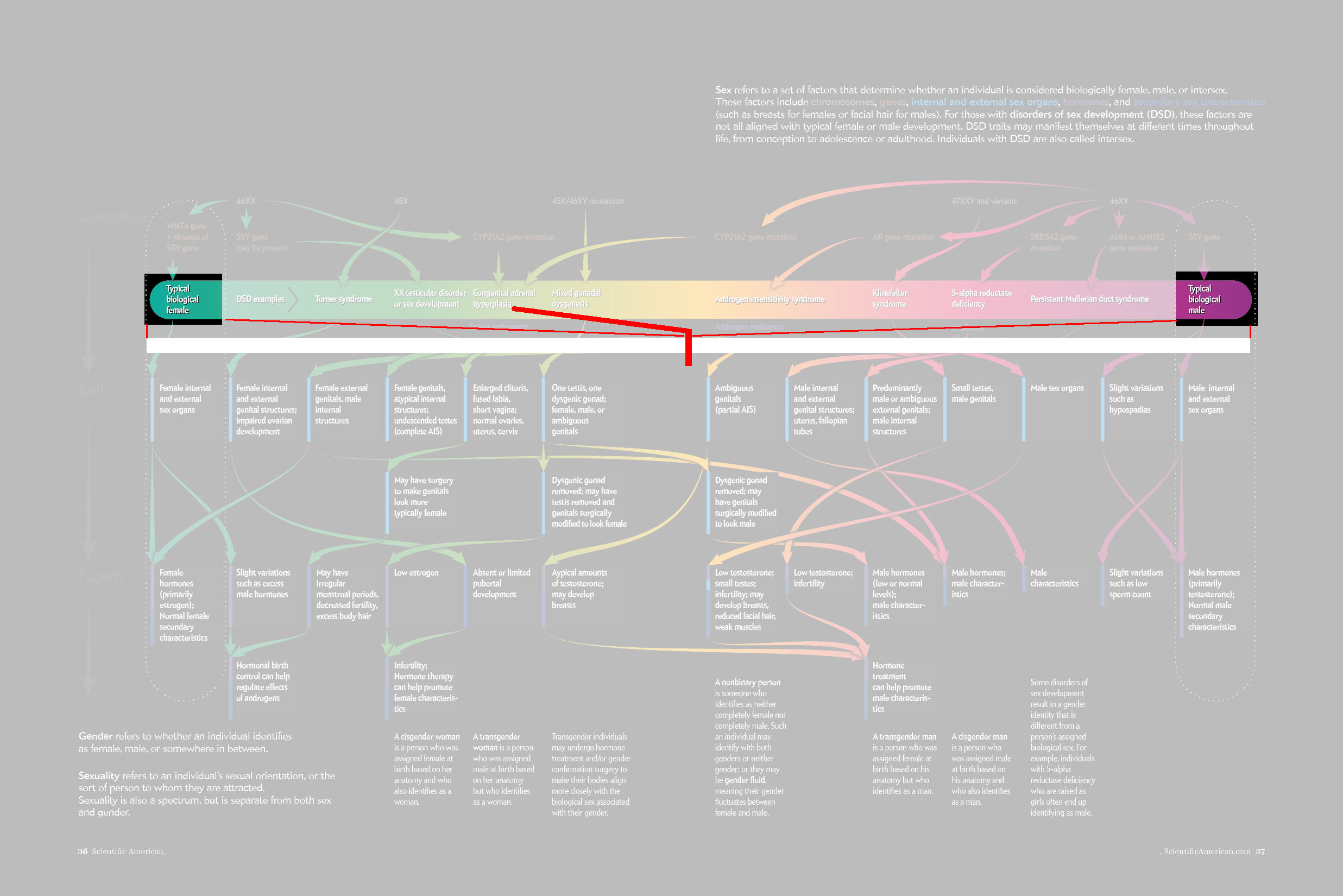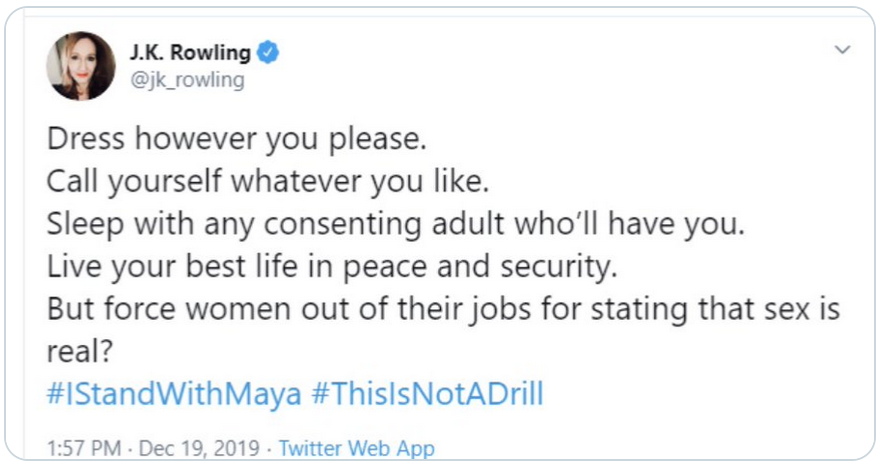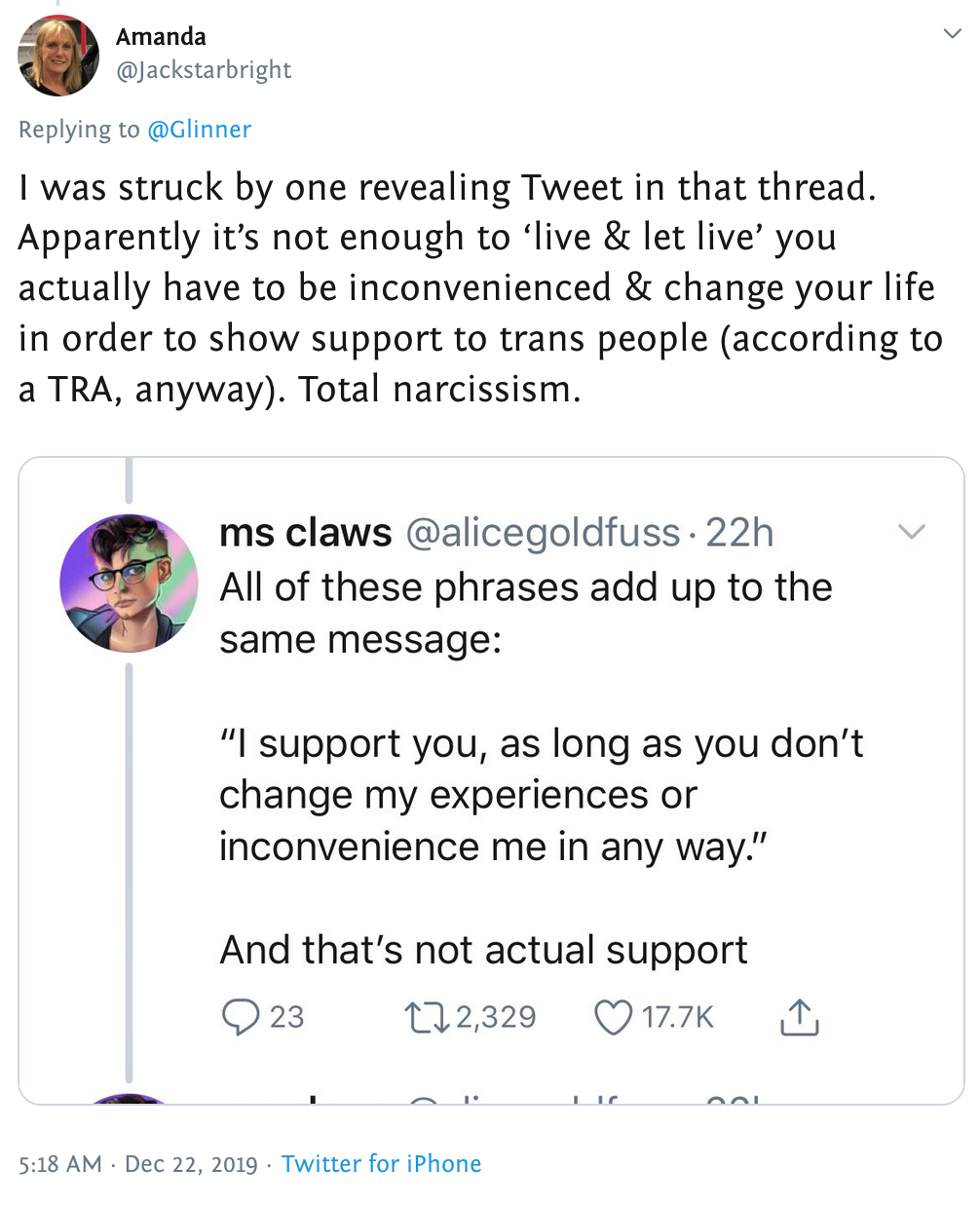Abortions using pills aka medication abortions can be a workaround
If you’re not allowed to control your own reproduction, there’s a word for you. Livestock.
However, even though Alito and Thomas and their helper goons haven’t noticed, women are not livestock. We’ll be using everything we have to dodge their bullets and branding irons.
There are two big differences to my high school days when fellow 15 year-olds desperately tried to scrounge up money to go to New York, where they hoped they could find somebody who wouldn’t kill them, while trying to look totally normal and carefree so nobody found out.
One is that information is much more accessible. Two is that we have abortion pills now. So, in the interests of both, here’s some information about medication abortions.
Legal disclaimers: I am not a doctor or a pharmacist. None of this is medical advice. For informational purposes only.
Another important warning: The info applies to morning-after situations or ordinary missed-period pregnancies. If there’s very heavy bleeding or exceptional pain, it could be life-threatening. Medical help is needed immediately. It’s unnecessary to discuss abortion or abortion pills with doctors or nurses. The symptoms are the same as a miscarriage, and the treatment is the same. All that need be said is “I don’t know what’s happening,” which is true.
Clicking on the headings below links to more detail further down.
Resources. PlanCPills This site has excellent, detailed, practical information. There are also links to other abortion services. Under Support and Resources > Other Options there’s information pointing to surgical abortion providers. Medication (pill) abortions are effective only up to 11 weeks pregnancy, which is 7 weeks after a missed period. [Edited to add:] AidAccess, also an excellent resource.
Regular Medication Abortion. Uses mifepristone + misoprostol, sometimes shortened to mife-miso. Also known as RU486.
Morning After pills These prevent a pregnancy (i.e. prevent implantation). They don’t stop an established pregnancy. So they’re only effective within 5 days of having sex. These pills have been available over the counter (known as Plan B and other trade names), but anti-women states are working to stop that. Obviously, given the time frame, if they have to be ordered, it has to be done ahead of time. A table from 2012 is included below that gives dosages of birth control pills that can act as morning after pills.
Make your own misoprostol tablets. Edgelord stuff….
Resources
Getting pills in an anti-women state is not very difficult, but it does take a couple of weeks at least, some money (on the order of a couple of hundred dollars), and some fiddly filling out of forms. This page for specific states goes over the exact procedures. If possible, look it over and be clear on all the steps ahead of time.
Abortion pills only work up to 11 weeks pregnancy. That means 7 weeks past a missed period. Or five weeks after you’re likely to have a reliable pregnancy test. Plus the pills work best the earlier they’re taken. So there’s not a lot of time. The more that’s sorted out ahead of time, the less franticness.
More information available at: Planned Parenthood. Mayo Clinic.
Scams: It’s a sad fact of life that as soon as people are facing any kind of emergency, there are too many slimeweasels trying to make a buck off it. Do not assume links you see on social media are legitimate, even when they come from friends. Friends can forward bad information without meaning to. Search for reviews or more information on any site before using it. One example: Mayday Health which was getting a lot of mentions for a while. They may be legit, they may not be. They came out of nowhere about a month ago, after the leak of the draft Roe decision. That’s a red flag. Use PlanCPills instead.
Medical abortion drugs
Mifepristone + misoprostol combinations. 95% to 98% effective. Taken earlier works better than later.
Or misoprostol alone, which is about 85% effective. Still better than nothing. These are drugs with powerful effects, so dosages must be followed. Overdosing is a bad idea.
Medical abortion drugs ONLY WORK IN THE EARLY STAGES OF PREGNANCY. They won’t work if a period is more than about 7 weeks late.
(Obgyns count from the start of the last actual period. So 7 weeks after a missed period counts as the 11th week of pregnancy, assuming 28-day cycles. It’s likely to take another two weeks for a definite pregnancy test. At that point there’s maximum 5 weeks left to get a medication abortion. The reason obgyns count that way is because the first day of the last actual period is not ambiguous. It’s a specific day you can write down without guesswork.)
If it’s too late for medication, a surgical abortion is needed. PlanCPills has links under Support > Other Options.
Since abortion using pills induces heavy flow, it’s not used for women with blood clotting disorders that could make bleeding dangerous. IUDs need to be removed before a medication abortion. It is very important to be sure the pregnancy is NOT ectopic. The telehealth consultation in the process of getting the pills will go through all these issues. They’re important to continued health, so it’s important not to cut corners on this part of the process.
There is some talk floating around the web that mife-miso works best in women weighing less than about 165 lb / 75 kg. From what I see of actual medical data, that’s not true. There is always individual variation in anything to do with biology. Mife-miso will be somewhat less effective in a few individuals because of their specific hormonal situation.
Edited to add: an article about weight effect on morning after pills, see next heading, in today’s NY Times. (Paywalled unless you turn off all scripts.) Some studies have seen a slight weight effect for levonorgestrel, others have not. That is a progesterone-like drug, unlike mife-miso. Mife-miso have prostaglandin-related effects, which is a very different hormone, and not a sex hormone. Morning after pills have much lower doses of hormones and could be expected to be more sensitive to an individual’s hormonal situation.
Morning After pills
If it’s still possible to get a supply of these pills at your local pharmacy, you may want to do that ahead of time. Morning-after pills don’t cause an abortion. They prevent pregnancy by stopping a fertilized egg from implanting. So they have to be taken within 5 days (120 hours) of the sex you’re worried about and weeks before you know whether you’re pregnant.
If morning-after pills are no longer available, some birth control pills contain the same hormones in lower doses.
The following table is copied from The Emergency Contraception Website, post dated 2012 (some of it will be out of date). The link is to the archived website which is likely to stay up. The site was originally at Princeton. It has more information about usage and is worth reading.
| Brand | Company | First Doseb | Second Doseb (12 hours later) |
Ulipristal Acetate per Dose (mg) | Ethinyl Estradiol per Dose (µg) |
Levonorgestrel per Dose (mg)c |
| Ulipristal acetate pills | ||||||
| ella |
Watson | 1 white pill | Noneb | 30 | – | – |
| Progestin-only pills | ||||||
| Levonorgestrel Tablets | Perrigo | 2 white pills | Noneb | – | – | 1.5 |
| Next Choice |
Watson | 2 peach pills | Noneb | – | – | 1.5 |
| Plan B One-Step |
Teva | 1 whilte pill | None | – | – | 1.5 |
| Combined progestin and estrogen pills | ||||||
| Aviane | Teva | 5 orange pills | 5 orange pills | – | 100 | 0.50 |
| Cryselle | Teva | 4 white pills | 4 white pills | – | 120 | 0.60 |
| Enpresse | Teva | 4 orange pills | 4 orange pills | – | 120 | 0.50 |
| Jolessa | Teva | 4 pink pills | 4 pink pills | – | 120 | 0.60 |
| Lessina | Teva | 5 pink pills | 5 pink pills | – | 100 | 0.50 |
| Levora | Watson | 4 white pills | 4 white pills | – | 120 | 0.60 |
| Lo/Ovral | Akrimax | 4 white pills | 4 white pills | – | 120 | 0.60 |
| LoSeasonique | Teva | 5 orange pills | 5 orange pills | – | 100 | 0.50 |
| Low-Ogestrel | Watson | 4 white pills | 4 white pills | – | 120 | 0.60 |
| Lutera | Watson | 5 white pills | 5 white pills | – | 100 | 0.50 |
| Lybrel | Wyeth | 6 yellow pills | 6 yellow pills | – | 120 | 0.54 |
| Nordette | Teva | 4 light-orange pills | 4 light-orange pills | – | 120 | 0.60 |
| Ogestrel | Watson | 2 white pills | 2 white pills | – | 100 | 0.50 |
| Portia | Teva | 4 pink pills | 4 pink pills | – | 120 | 0.60 |
| Quasense | Watson | 4 white pills | 4 white pills | – | 120 | 0.60 |
| Seasonale | Teva | 4 pink pills | 4 pink pills | – | 120 | 0.60 |
| Seasonique | Teva | 4 light-blue-green pills | 4 light-blue-green pills | – | 120 | 0.60 |
| Sronyx | Watson | 5 white pills | 5 while pills | – | 100 | 0.50 |
| Trivora | Watson | 4 pink pills | 4 pink pills | – | 120 | 0.50 |
a
ella, Plan B One-Step,
Next Choice
and Levonorgestrel Tablets
are the only dedicated product specifically marketed for emergency contraception. Aviane, Cryselle, Enpresse, Jolessa, Lessina, Levora, Lo/Ovral, LoSeasonique, Low-Ogestrel, Lutera, Lybrel, Nordette, Ogestrel, Portia, Quasense, Seasonale, Seasonique, Sronyx and Trivora have been declared safe and effective for use as ECPs by the United States Food and Drug Administration. Outside the United States, about 100 emergency contraceptive products are specifically packaged, labeled, and marketed. Levonorgestrel-only ECPs are available either over-the-counter or from a pharmacist without having to see a clinician in 60 countries. In the U.S.,
Plan B One-Step
and Next Choice
are available over-the counter to women and men aged 17 and older. You can buy these pills by prescription if you are younger.
ella
is available by prescription only.
The labels for Next Choice and
Levonorgestrel Tablets
say to take one pill within 72 hours after unprotected intercourse, and another pill 12 hours later. However, recent research has found that both pills can be taken at the same time. Research has also shown that that all of the brands listed here are effective when used within 120 hours after unprotected sex.
The progestin in Cryselle, Lo/Ovral, Low-Ogestrel and Ogestrel is norgestrel, which contains two isomers, only one of which (levonorgestrel) is bioactive; the amount of norgestrel in each tablet is twice the amount of levonorgestrel.
Table.
Do-it-yourself
Misoprostol
This is, obviously, not the best route. As a last resort, it’s better than coathangers. It involves only one of the mife-miso pair, only misoprostol, so is less effective than the “real thing” (85% vs 95%+).
It’s possible because misoprostol is used as an ulcer medication for horses in veterinary medicine. Transforming that into human-usable doses requires careful attention to detail and ability to weigh powders precisely and handle them correctly. It’s to be expected that anti-woman states will try to make veterinary misoprostol inaccessible as well, but at least initially use your money for stocking up on the real thing rather than this, if you can. It’s also a complex enough process that anyone who expects to need to do this should make it ahead of time.
A video by Mixael Laufer of the Four Thieves Vinegar Collective has a slow and careful explanation of how to make the pills. The archive.org link should stay up. It’s a 16 minute video, and it takes several minutes to start getting down to business. Vice magazine had an article discussing the project.
In brief, one orders the powdered misoprostol for horses on the web, being careful to get one that does NOT have other active ingredients. One then carefully weighs it out (need an *accurate* scale for milligram quantities) to get the right dosage for humans, and, at least per Mixael, one uses one’s handy pollen press (no, I didn’t know what that was either) to make tablets using cornstarch for buffer and binder, confectioner’s sugar, and the actual misoprostol powder. (For diabetics, I’m not sure you absolutely need sugar. I think it merely provides a bit of stickiness to bind the ingredients into a tablet. Possibly a bit of milk would work for that too.)
In his example, the product has 2mg (milligrams) per scoop and 60 total scoops. If you know the total weight of the powder in the tub, you can work out how much weight (which he calls mass) of powder you need to get 800 micrograms (800 mcg, which is the same as 0.8 milligrams, 0.8 mg). That is the dose we’re aiming for per pill. Oddly enough, the total weight isn’t obvious in the video, but a web search says you’re getting 213.6 grams in that tub.
–2 mg active ingredient per scoop, and 60 scoops total per tub, means there is a total of 120 mg (2 x 60) of misoprostol per a full tub of 213.6 grams.
–The number of human doses (0.8mg) in 120 mg is 150 doses (120mg/0.8mg).
–So 213.6 gm / 150 = 1.424 gm of powder provides the right amount of active ingredient for a tablet to be used by a human.
–A full course for misoprostol-only is 3 doses of 800 micrograms spaced out by 12 hours, ie all 3 doses would be over 36 hours. Looking around the web, there are also other timings, such as 800 mcg spaced 3 hours apart. This will mean a bigger dose all at once in the body and would, I expect, lead to stronger cramping and bleeding.
You can plug in the amount of misoprostol per scoop, the total number of scoops, and the total weight of the tub based on your specific item.
Method of taking is to dissolve the tablet slowly, during about half an hour, in the cheek, under your tongue, or inside the vagina. The reason for this is that if it’s not swallowed and is not in the stomach and digestive system, the liver can’t try to process the misoprostol. Which it will do, and therefore reduce the effectiveness.
A web search for “equine misoprostol” returns quite a few results with 200 microgram pills. I’m not sure why one wouldn’t use four of these for each of the three doses. Possibly the way the tablets are made up is not suitable for people.
Menstrual extraction. This is definitely not for amateurs. Some of the equipment needs to be sterile and a good bit of manual skill is involved. In Ye Olden Times women used to learn the skills in self-help groups and pass them on to each other. It takes months of practice. But it is quite doable, given time and knowledge and skill, and is something women might want to consider learning if all other avenues are closed.
Last Word
My prayer is that this inhuman treatment of women turns out to be a short-lived aberration. I know the Democrats tend to do one-tenth of what they’d hoped, but that’s still a lot better than thugs who like to reclassify us as service animals. So we need to pack the House and the Senate with Democrats who pledge to get rid of the filibuster, expand the Supreme Court so that it follows the law again, and recognize women’s inalienable right to body autonomy in law. And make Manchin and Sinema irrelevant.
If we can do that, which depends on all of us, then by next February this whole post might be wonderfully useless.









